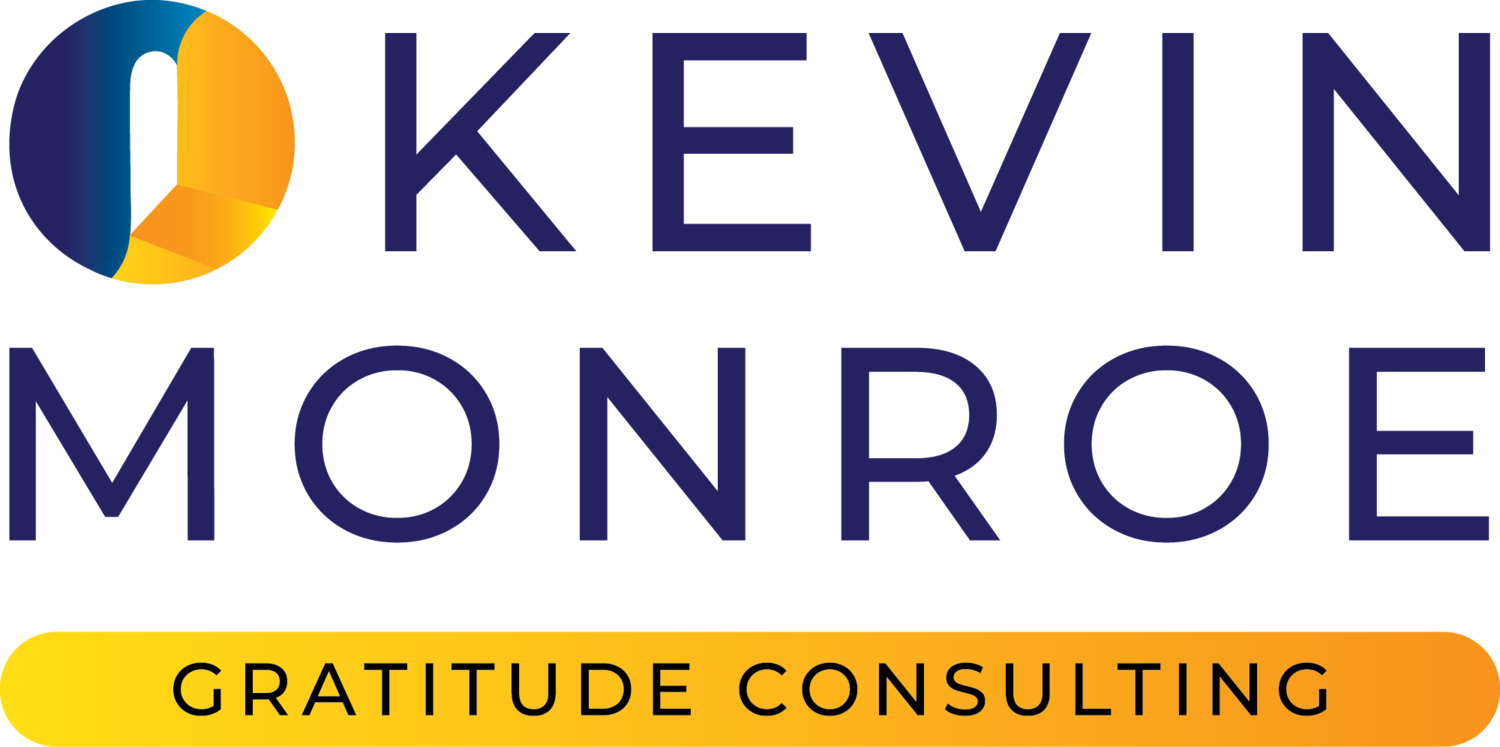The Ripple Effect: How Gratitude Enhances Trust and Collaboration
In today's fractured and fragile workplaces, one force has the power to rebuild trust, spark collaboration, and transform entire organizational cultures.
There's something magnetic about gratitude—it creates waves of positive change that extend far beyond the initial expression of appreciation.
The Trust Crisis
At a time when workplace trust is in decline—only half of employees globally say they trust their employers (Edelman, 2023)—leaders are scrambling for ways to authentically rebuild connections. Many rely on traditional team-building exercises or incentive programs, but these often fall flat, leaving employees disengaged and skeptical.
But what if the solution lies in addressing a near-universal human need that leaders often overlook?
The Universal Need for Recognition
Every employee—from the C-suite to the frontline—shares the same fundamental desire: to feel seen, heard, valued, and appreciated for their contributions. Yet in fragmented, fast-paced workplaces, this basic human need is frequently neglected. The consequences are steep:
Employees who feel undervalued are 50% more likely to disengage (Gallup, 2023).
Teams with low psychological safety see a 40% drop in collaboration (Google’s Project Aristotle).
Recognition-starved workplaces experience 2.6x higher turnover (Workhuman).
Don't get confused and think this is about grand gestures and formal programs. It's more fundamental than that. This is about YOU creating the intention and developing regular routines that foster genuine and abundant appreciation.
The Gratitude Advantage
Groundbreaking research by Adam Grant and Francesca Gino reveals that gratitude creates a "spillover effect," amplifying trust and collaboration. Expressing genuine appreciation:
Boosts Prosocial Behavior: Recipients are 50% more likely to help colleagues (Grant & Gino, 2010).
Deepens Trust: Teams with strong recognition practices report 31% higher trust in leadership (Harvard Business Review).
Accelerates Innovation: Employees who feel valued are 3.2x more likelyto take creative risks (Adobe).
Real-World Ripples: Gratitude in Action
Consider Nick Boulas CHA, CFBE,CHT, a hospitality leader whose team faces the daily challenges of serving hundreds of guests. Five years ago, at the height of COVID-19, Nick was ready to throw in the towel and leave his chosen profession.
Instead, he personally leaned into gratitude and began intentionally weaving gratitude into their culture. As a result, his team has experienced a remarkable transformation.
Daily appreciation practices have energized the workplace, strengthened connections, and fostered a supportive environment among team members, even in tough times.
My friend Juan Carlos "JC" Gutierrez from Amazon Web Services (AWS) shows the value of consistent appreciation through his understanding of formal and informal recognition systems. I've witnessed firsthand how his approach creates a culture where team members naturally share credit and celebrate each other's contributions.
I've been inspired by the way colleagues openly recognize each other's efforts, fostering a positive cycle that strengthens team bonds and boosts results. Rarely have I witnessed people so freely acknowledging the contributions of their peers. It's genuinely refreshing.
These aren't isolated success stories. They represent what's possible when leaders make gratitude a cornerstone of their culture. The ripple effect is clear: when people feel genuinely appreciated, they are more likely to:
Collaborate openly with colleagues
Share credit generously
Support team members proactively
Contribute their best work consistently
Create Your Own Ripple Effect
To cultivate gratitude that resonates at a human level:
1. See the Unseen:
Be the leader who knows your people and personalizes your recognition.
Example: "Sam, I noticed you stayed late to help Maria troubleshoot that client issue last night—that’s the kind of teamwork that makes us unstoppable."
2. Create Feedback Loops:
Institute weekly “What Went Right” reflections.
Example: Start meetings with a 2-minute share of a peer’s helpful action and the impact it had.
3. Express Appreciation... Liberally:
Write personal, handwritten notes celebrating specific contributions.
Consistently spotlight team members' good work in meetings, emails, and company communications.
Look for daily opportunities to say "thank you" with context about why their work matters.
The Choice Ahead
As Nick and JC's stories show, gratitude isn’t just an emotion—it’s a leadership strategy with measurable ROI.
When leaders like you commit to seeing, hearing, and valuing your people, you create a self-reinforcing cycle of trust and collaboration.
Start A Ripple NOW:
Notice one unsung contribution this week and shine a spotlight on the person and their actions.
Ask this in your next meeting: "What’s one thing a colleague did that made your work easier this week?"
Share appreciation that is simple, sincere, and specific. It adds to the signifcance of your appreciation.
Need a catalyst to spark appreciation on your team? Let’s design a Gratitude Encounter™ tailored to your team’s needs. You can start the process here by answering two questions.
I'M GRATEFUL FOR YOU!


